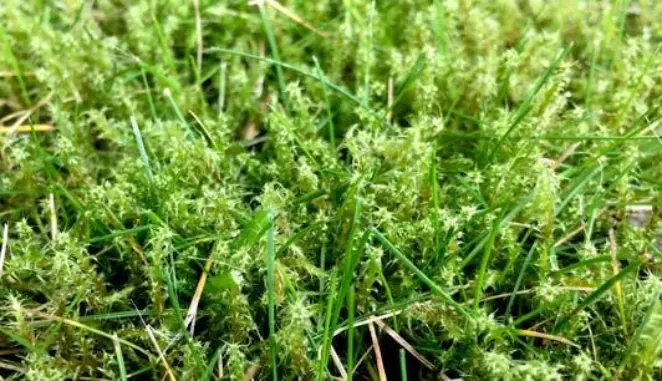Tackling Moss in Lawns
What is Moss?
Moss comes in all sorts of varieties, but tends to be dense green/yellow tuffs forming in between grasses and it isn’t really appreciated by gardeners!
If you are laying a new lawn, good ground and soil preparation will help to reduce moss from becoming a problem. If it is in an existing lawn, the following tips should help to tackle it.
Treating
- Moss Killer – There are lots of different moss killers available which you can find in most garden centres. Choose a combined moss killer and lawn feed, so as the moss dies away the grasses are strong enough to take over.
- Scarification – After using a moss killer, the moss should turn a brown colour. Once this has happened, scarify the lawn to remove all the dead moss so that the grasses can spread into the free space.
- Feeding and Seeding – Keep your lawn well fed and healthy so it can compete with the moss. Over seed sparse areas in the spring and following scarification to avoid moss taking hold again.

Tackling the Cause
The methods above will help to reduce the problem but moss is likely to come back if the actual cause of the problem is not looked at. To try and tackle the problem properly to help reduce moss growth in the long term, start by identifying the cause of the problem. This can include the following:

- Waterlogging - While grass can struggle in very wet conditions, moss can take advantage of this and thrive. Improve drainage with the addition of organic matter if you are preparing an area for a new lawn, or by aerating an existing lawn.
- Acidic soil - Mosses can grow in most soils but acidic soil is their favourite. If you think this could well be a cause in your garden, you may want to think about buying a pH testing kit and adding some lime into the soil if it is the case.
- Compaction - Moss can be a sign that your ground is compact and lacking organic matter. Try to improve your soil by turning it over and mixing in organic matter such as organic compost if you are laying a new lawn, or aerate your existing lawn to relieve compaction.
- Mowing grass too short – this will weaken your lawn and allow moss to take over.
Avoid cutting more than one third of the length of the blades of grass off in one cut.
- Poor Feeding – Moss will start to dominate if your grass becomes weak.
Keep it well fed to help avoid moss developing in weaker areas.
By keeping your lawn well maintained making it strong and healthy, moss will struggle to compete allowing the grasses to dominate.
As soon as a lawn becomes weaker, this is when mosses will take the opportunity to take hold and spread.
Tackling moss in lawns isn’t that difficult, so follow our tips and keep your lawn well looked after, so that moss will struggle to cause a problem again!


